Gwangjang Market is one of the best spots in Seoul for sampling street food. This is one of the oldest markets in Seoul and today, it is every bit as popular as it was when it first opened its doors way back in 1905.
Approximately 65,000 people visit this market every day! They come to stop by for dinner, grab a quick street food snack, or shop in one of the 5,000 stores in this covered marketplace.
If you have spent any amount of time travelling in Asia, you may have visited dozens of marketplaces by this point, and you may be wondering what could be so special about Gwangjang Market. The market is special because it has not changed in any way, even as Seoul has started seeing more tourists.
It remains an authentic place to sample Korean street food during your Seoul itinerary and is by no means gentrified. You can find all of your favorite Korean snacks here – tteokbokki (spicy rice cakes), jeon (kimchi pancakes), etc. However, the Gwangjang market also offers a lot of more interesting selections for those with an adventurous palette.
Visiting Gwangjang Market Seoul
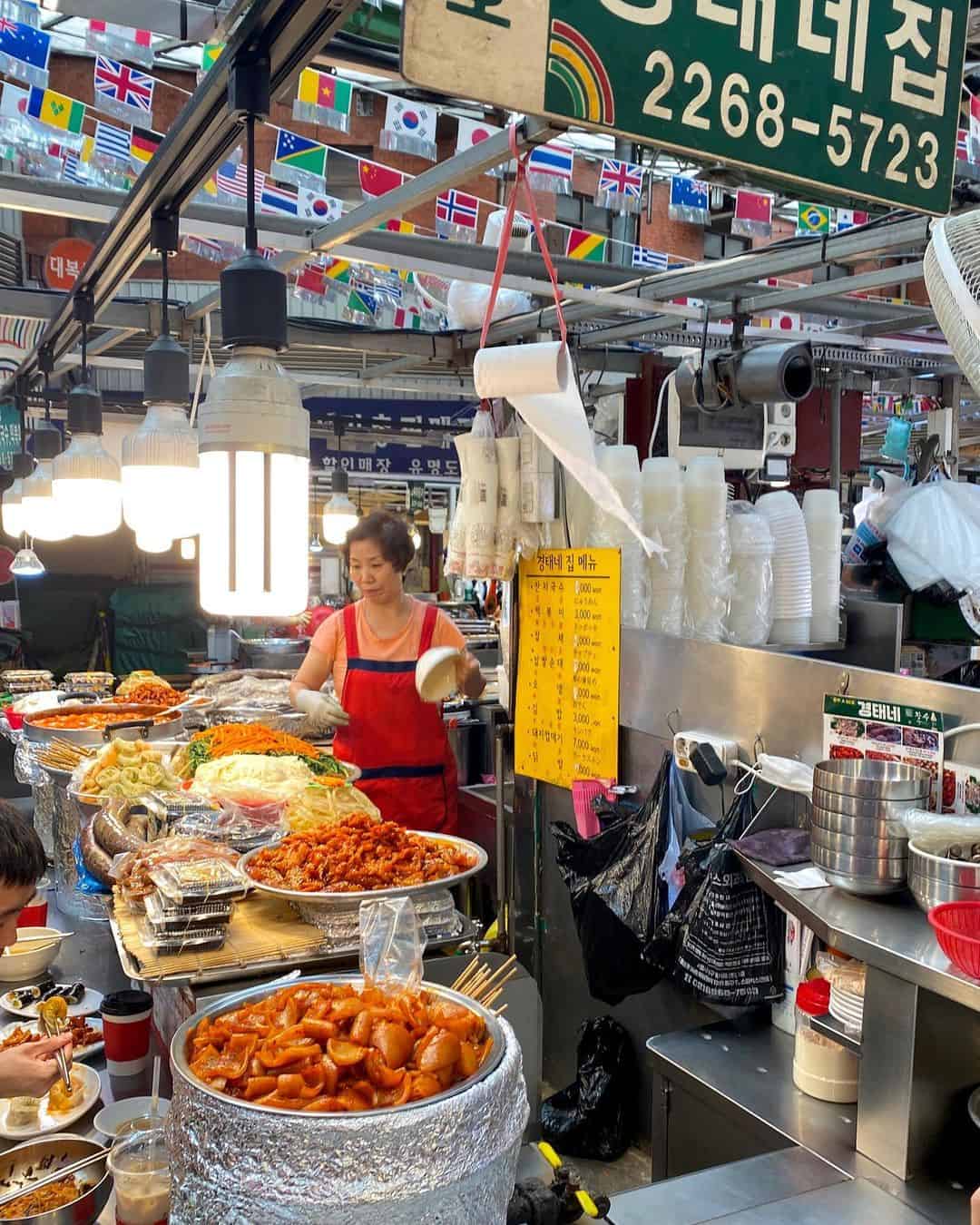
Although Gwangjang market is perpetually busy, navigating your way around the market isn’t a nightmare.A lot of the stalls are set up like little outdoor restaurants with seats at the counter where you can watch your food being cooked right before your eyes.
This is great because you don’t have to awkwardly stand around eating your food whilst you are getting shoved left and right like in most food markets. There’s a seemingly infinite number of food options available at Gwangjang Market, but some of the highlights have been shortlisted here. Of course, if you want to dine the Korean way, you should wash it all down with a strong cup of ice cold 소주 soju.
What to eat at Gwangjang Market Seoul
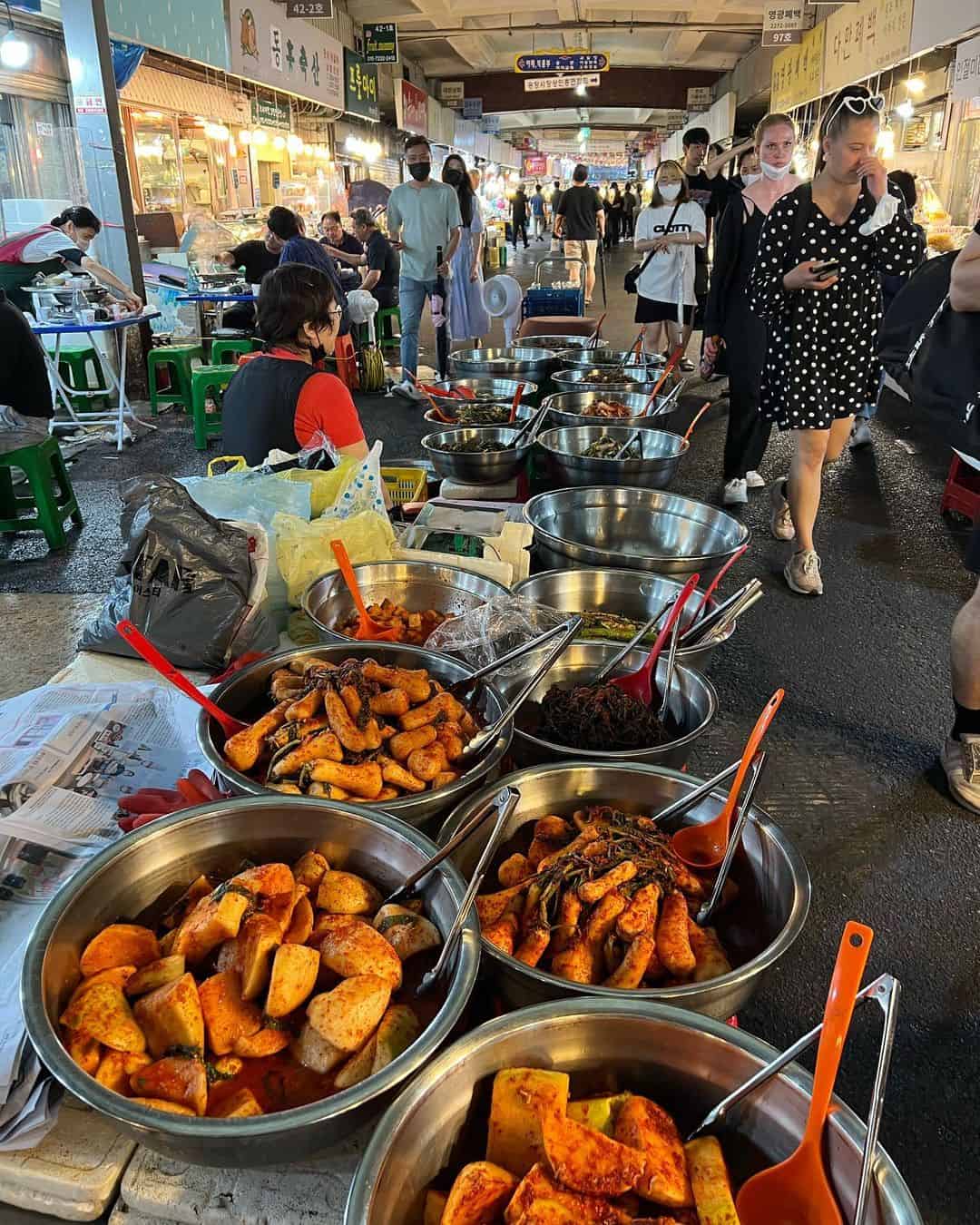
Mayak Kimbap
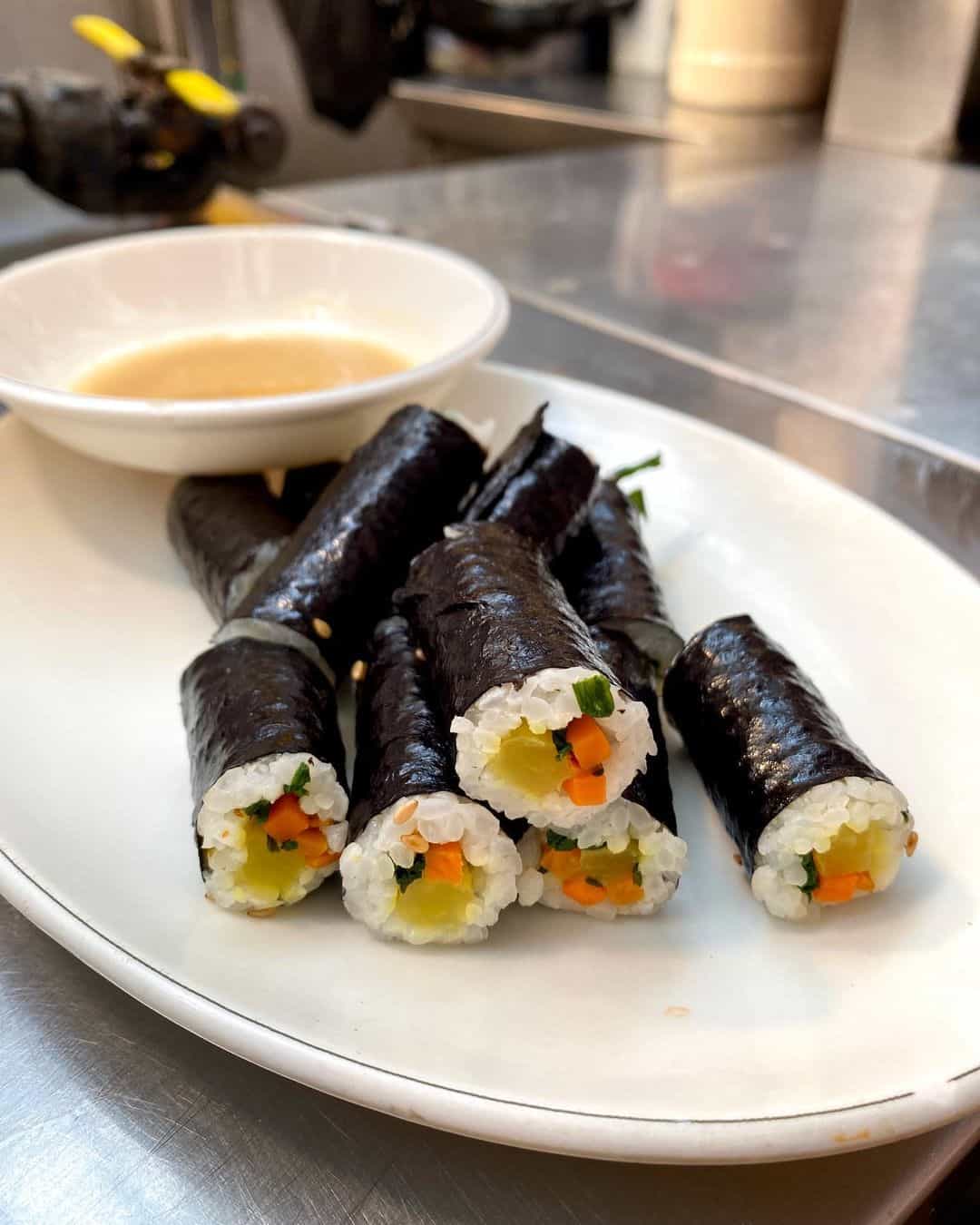
You can find kimbap all over South Korea. This is essentially the somewhat healthier Korean alternative to the sandwich or tacos. The popular street food snack is comprised of a medley of rice and pickled vegetables that are wrapped in seaweed and served in neat little packages.
You can find kimbap at a lot of different street food stalls, as well as in the fridges of convenience markets. Pick some fresh, hand-rolled kimbap wraps up at Gwangjang market and enjoy it as a snack later while exploring Seoul. This is suitable for vegetarians, though you should note that the seaweed adds a very fishy taste.
“Mayak” in Korean means narcotic (!) Rest assured there are no drugs to be found in this delicacy. It is purely used on account of how addictive these scrummy snacks are!
Bindaetteok
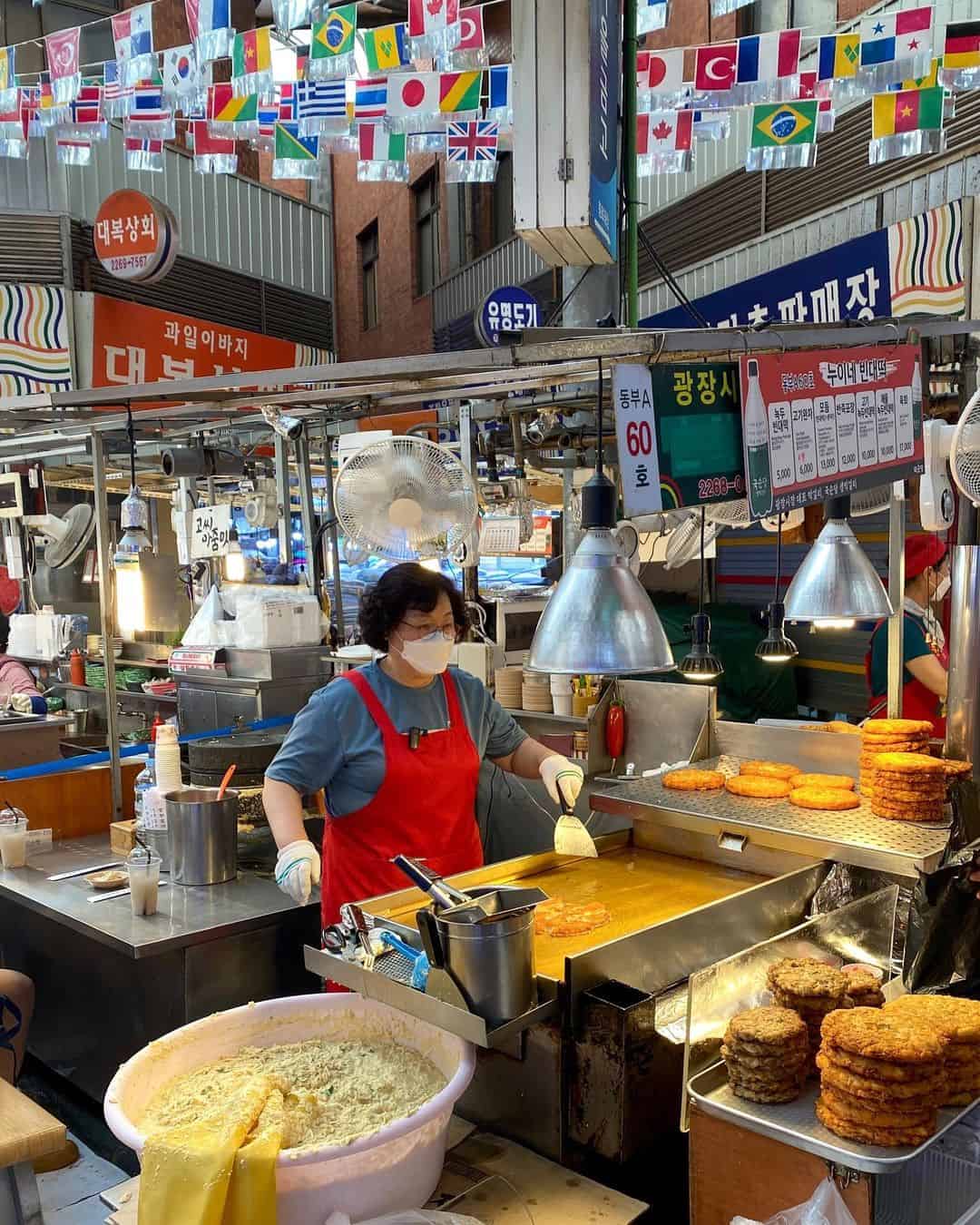
A lot of the Vendors at Seoul’s Gwangjang Market sell Bindaetteok or “mung bean pancakes. These are much more appealing than they sound and may well turn out to be one of your new favourite Korean snacks!
Bindaetteok is made in a similar manner to kimchi jeon. They are prepared with an egg, mung beans, cabbage kimchi, and sesame oil. Super tasty!
The server will also give you a little pot of raw onions fermented in soy sauce and vinegar which makes a delicious accompaniment. The pancake was popular hundreds of years ago and was literally known as the “poor person’s pancake”.
Poor Koreans ate these, and the rich ate meat. For 4,000 Won (around £2.50), you really can’t go wrong!
Kalguksu
Kalguksu is a yummy Korean knife-cut noodle soup. Some of the kalguksu vendors at Gwangjang have received international media attention for their sumptuous dishes and have a dedicated following of local patrons.
One lady was even featured in a Netflix documentary! Kalguksu is not spicy, so it’s a perfect dish for those who have a low tolerance for hot foods.
Many of the Gwangjang vendors follow family recipes that they inherited from their mothers and grandmothers. There are several variations of the dish.
For instance, some people add clams into it to make Bajirak Kalguksu (바지락 칼국수). Alternatively, others use the addition of chicken to create delicious Dak Kalguksu (닭 칼국수).
If you are lucky, you may be able to catch the vendors making the noodles by hand – depending on the time of your visit. Stop by early in the morning if you want to see the vendors preparing the noodles and setting up shop for the day.
Sannakji (live octopus)
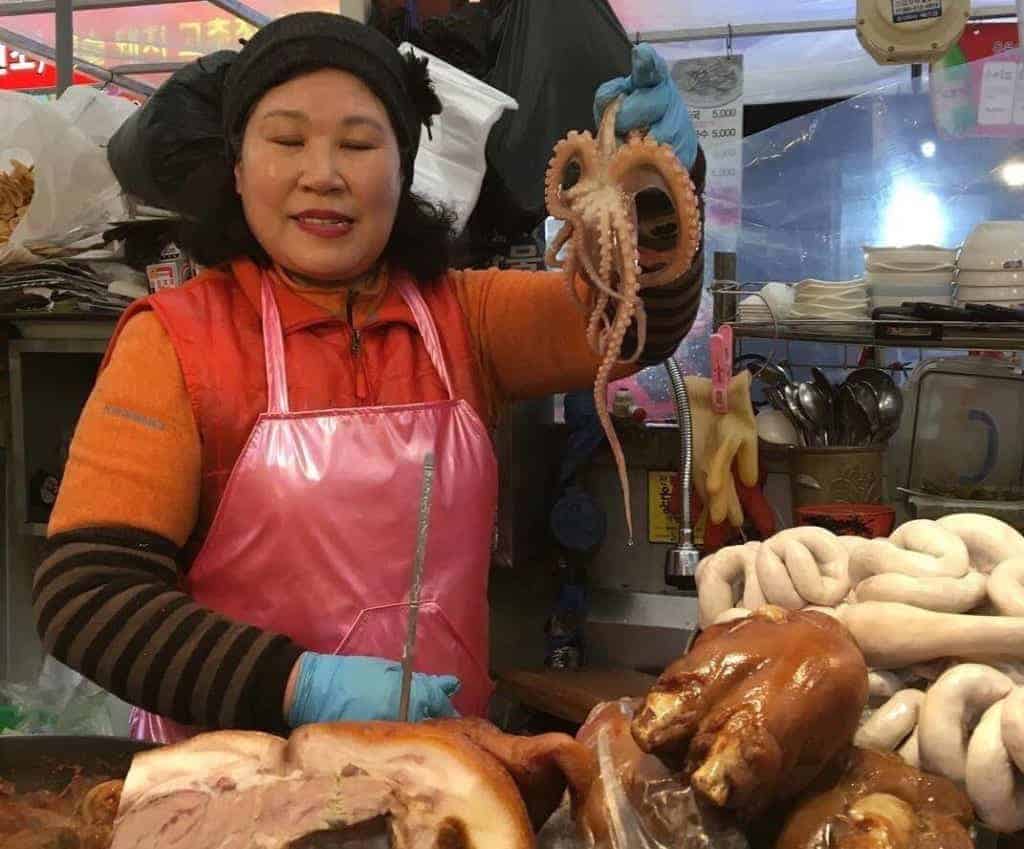
Live octopus, or “Sannakji” is another delicacy here in South Korea, present at many of the stalls at Gwangjang Market. You can either eat a whole live baby octopus, or a small octopus that has been cut into pieces whilst alive (the tentacles are usually still squirming on the plate).
The octopus is seasoned with sesame and sesame oil. What do you think?
Yukhoe (Marinated raw beef)
One more Gwangjang market specialty that is reserved for adventurous eaters is Yukhoe. This is raw beef that has been marinated with a blend of Korean flavours – commonly pine nuts, sesame oil, and soy sauce.
In some ways, yukhoe is the Far Eastern version of the western steak tartare. The marinade makes for a rich flavour, but understandably this dish is not for everyone as it is made with raw beef!
Mandu (Korean Dumplings)
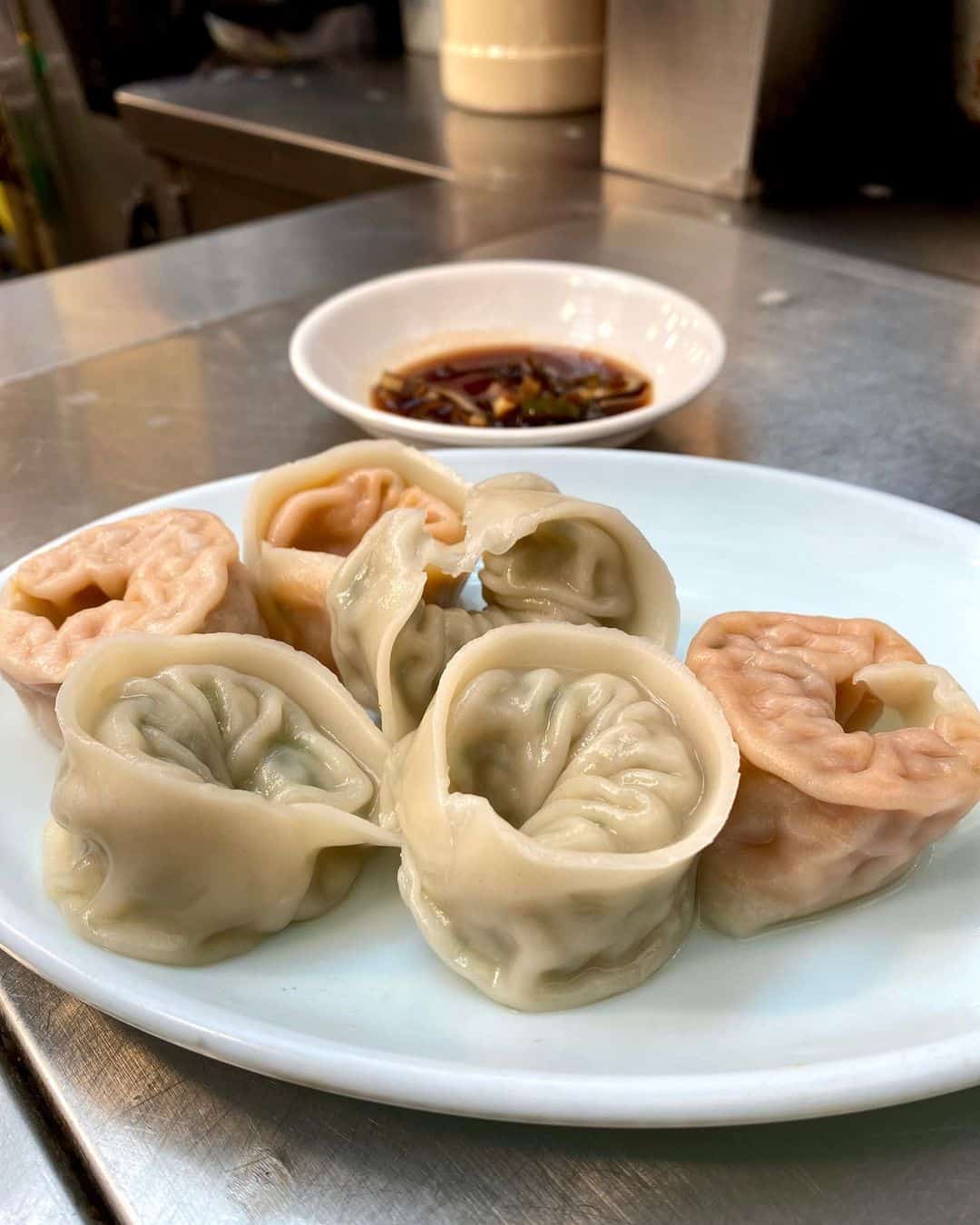
“Mandu” are Korean dumplings that can be enjoyed alone, dipped in salsa, or as part of a stew. They are made by filling a thin flour skin with various fillings.
The dumplings are then either steamed, fried, or boiled. There are literally hundreds of variations of mandu available but some of the most popular (and delicious) are made with marinated beef (galbi), pork, or shrimp.
If you have travelled to other parts of Asia, you will probably find that Korean mandu is quite similar to dumpling dishes that you can find elsewhere. Nobody is certain about the history of the dish.
One theory is that the Mongolians brought mandu to Korea during the Goryeo Dynasty in the 14th century. Another is that the dish is a variation of the Turkish food “manti” and was brought to Korea during the days of the old Silk Road trade route. Whatever the dish’s true history is, mandu is one of the most popular things to eat in South Korea today.
Sweet red bean pastries
Chances are, if you’ve spent any amount of time in Korea, you’ve stumbled across red bean snacks already. These are extremely popular desserts that are available at many roadside carts.
Sweet bread dough is filled with red bean paste (adzuki bean) and fried. You can get these pastries in all manner of shapes and sizes but the most common are arguably the Bungeoppang form (bitesize pastries in fish shapes).
The sweet bread at Gwangjang market is a little larger than the average. You can expect to pay between 1,000 to 2,000 Won for one of these (between 50p and £1).
Urechis unicinctus
If you are a particularly adventurous eater, perhaps you will be brave enough to try a serving of “urechis unicinctus” – a marine animal that is affectionately known as “the sea penis”.
There is no doubt as to the reason why this creature has been given such a name. Its resemblance to the male genitalia is uncanny and somewhat terrifying.
The Vendor prepares these by cutting off the bottom of the sea penis, and scraping out its innards so you are essentially just eating the outer skin. The creature is then still alive (how?!) and you can dip it into an array of sauces before eating it live and raw. You will see these floating in tanks of water.
Soondae – Korean blood sausage
Soondae is a type of Korean blood sausage that is in some ways comparable to black pudding. If you like the latter, and you can somehow distract your mind from thinking too much about what goes into making Soondae, you might find it quite tasty.
The sausage is made by mixing pork blood with noodles, glutinous rice, and a mixture of soybean paste, chili, and spices. This is then stuffed inside an intestinal casing. The iron taste of blood is quite prominent, and the texture of the sausage resembles Japanese “mochi” – a kind of chewy and gelatinous cake.
Tteokbokki
Tteokbokki is one of the most popular street food delicacies that you will encounter in Korea. It is by no means exclusive to Gwangjang market – you can find this snack practically everywhere!
Tteokbokki is comprised of thick, chewy rice cakes that are served in a spicy tomato sauce. You can also purchase variations of tteokbokki with chewy fishcakes mixed in.
Hotteok
Bindaetteok, and hotteok, and jeon – oh my! The lively Gwangjang market vendors sell all of the key types of Korean pancakes. Hotteok (호떡) is the sweet version of Korean pancakes, and a lovely dessert to help round up your Gwangjang eating extravaganza!
Different vendors make their hotteok in different ways. In some ways, these are comparable to the thick, fluffy American-style pancakes – loaded with sticky sweet maple syrup, brown sugar, cinnamon, nuts, and other goodies.
Of course, this is just a small selection of some of the foods on offer at Gwangjang market. You can also find many Korean favorites here like jeon (Korean pancakes), fresh seafood dishes, and Korean fried chicken.
Take a tour of Gwangjang Market in Seoul
One of the best ways to experience Gwangjang Market Seoul is to tour the marketplace with a local. That way, you have a Seoul expert on hand to take you to the very best food stalls in the marketplace, tell you the history of the various dishes, and help you communicate with the vendors.
Most of the vendors here, though friendly, do not speak English. So, if you cannot speak Korean, you cannot communicate with them in the same way as you would be able to if you had a guide with you to help translate their stories.
Better still? If you opt to take a tour, you have a local on hand to ask for their recommendations on where to stay in Seoul, the best Seoul coffee shops and places to eat, etc.
Some Gwangjang Market tours combine a trip to the market with a traditional Korean cooking class, or a walking tour of other Seoul neighborhoods. Some of the most reputable tours are detailed below for your consideration.
- Seoul: Gwangjang market and fortress wall tour with food tastings
- Korean cooking class at a local’s home and market tour
Other Scenes at Gwangjang Market Seoul
Besides the market vendors that sell fresh dishes, there are also a few stores that sit at the edges of the market selling Korean condiments and dry foodstuffs. Here you can pick up all of your favourite Korean candies, as well as precious sauces like spicy gochujang.
These make great gifts for your foodie friends back at home, or if you plan on replicating Korean recipes in your own country. You can also find a lot of cooking equipment here too, such as earthenware pots for serving ttukbaegi bulgogi, etc.
Foodie highlights aside, Gwangjang is a popular spot for shopping in Seoul – especially among locals. The second floor of the market is home to many fabric vendors selling textiles and soft furnishings.
It would rival the selection of fabrics and wholesale products that you would find in nearby Dongdaemun. Many of the vendors here own their own factories and supply products to the Pyounghwa Clothing Market and various shops around the city. Locals often venture here to have a hanbok (traditional Korean dress) custom-made for a special occasion.
Getting to the Market
Gwangjang Market Address: 88 Changgyeonggung-ro, Jongno-gu, Seoul
To get to Gwangjang Market, take subway line 1 to Jongno 5-ga station and leave at exit 7. The market’s central Seoul location makes it a perfect spot for tying in with a trip to nearby Insadong, Samcheondong, or Seoul’s traditional Bukchon Hanok village.
The opening hours for the market vary depending on the specific stalls and vendors. The general opening time is between 8:30 am – 6 pm every day of the week.
However, some places remain open until the evenings, and fewer vendors set up shop on Sundays. This market is fairly huge though. There is not just one vendor selling each type of delicacy so you will always be able to find the item that you are looking for!
Final Thoughts
Have you ever been to Gwangjang Market? What are your favorite places to try street food in Seoul?
I lived here for two years and would be happy to assist you with any queries that you may have. I have also compiled this comprehensive Korea travel guide and this suggested Korean travel itinerary for your reference.
Safe travels! Annyeong!
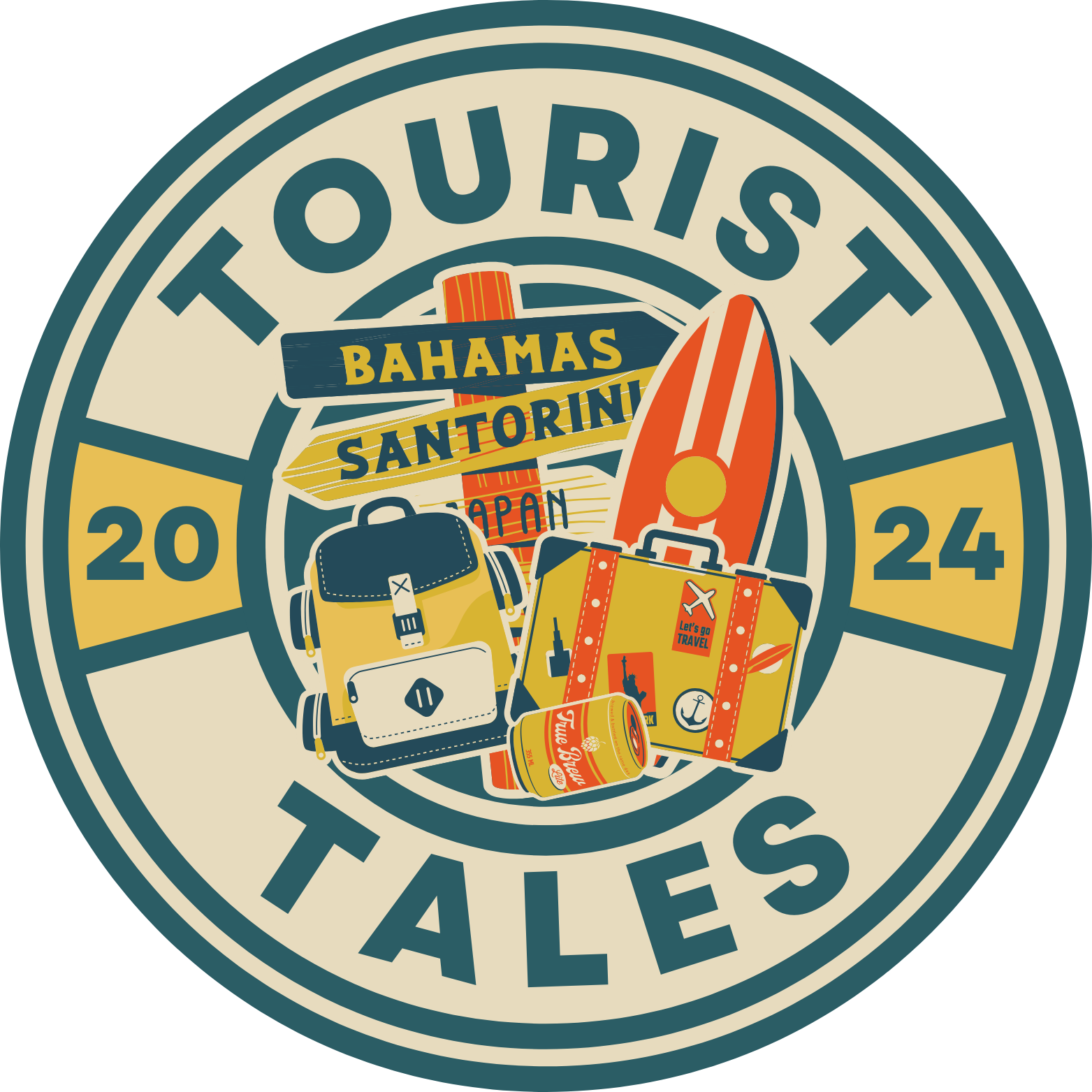


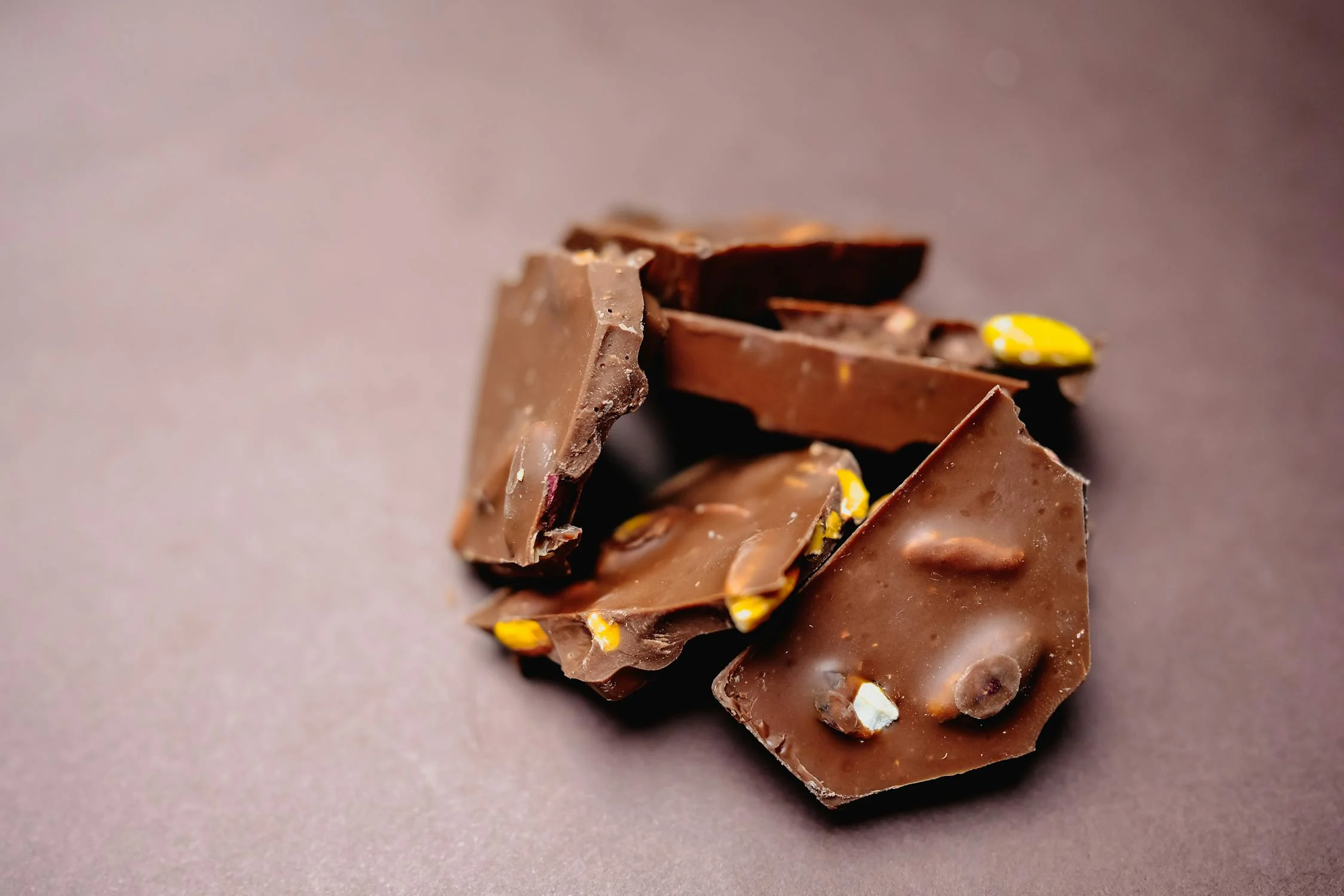

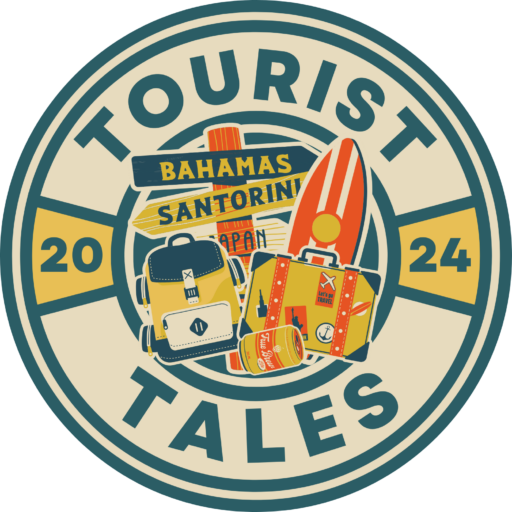
20 Responses
I don’t think I’m adventurous enough to try the live octopus, but the bindaetteok looks & sounds amazing! I haven’t been to Korea yet, but I will be sure to follow your blog for tips. I’m currently exploring Central America. 🙂
Wow you are brave, girl! I always thought I was a food pioneer but I would struggle with some of these! Good for you!
Oh how I miss Korea and the notorious 아주마! Thanks for sharing such a great part of Korean life!
Okay I have to admit that some of those made me a bit queasy. Correction… Many of those items!
Wow, this is interesting! I love street food markets, but wouldn’t dare to taste all of these treats – that living sea worm marks my limit 😉
Love this post! I want to move to Korea in the future and am trying to learn lots about it! Bindaetteok sounds amazing, definitely going o try that one day! Do they do good veggie dumplings there too?
Really unique post, I learned a lot! Great photos too. 🙂
Omg I love getting experimental with my food but some of these seem too adventurous for me. Had so much fun scrolling through the photos and reading about the different types of foods though! Thanks for sharing this list. Learnt a lot about Korean food that I didn’t know.
I have to know, what did the octopus taste like?? I don’t think I would be able to eat it with it squirming around! Everything else sounds really good though!
Oh god! The sea penis. This food looks crazy but I think I’ll (try) to try it one day 🙂
Omg so much food, some type of weird looking food i couldnt help stop looking at it and observe. Thats amazing.
Love visiting markets! It comes very handy when you are abroad and doesn’t speak the language fluently, you can just point at things that looks appealing 🙂 Also, generally the people who sell at traditional markets are really friendly and genuine 🙂
OMG as if the live Octopus wasn’t enough, the SEA PENIS. Seriously, that’s hilarious! I am kind of a baby when it comes to trying crazy things just because I am scared of getting sick. I do love sesame oil though and I plan on going to SE Asia sometime this year with my friend! I know she will make me try stuff like this. It all seems pretty cool so I might just have to suck it up.
Such fascinating foods!:D I first thought the Bindaetteok was a sweet pancake, haha, but I think I would still like it!
But sea penis? Wtf? I had never heard of it, but the resemblance is uncanny 😂 I don’t think I would be brave enough to try it.
Jacky
Okay, so being the semi-childish individual I am, I busted out laughing when I saw the sea penis! But anyway, a food market since 1905 is incredibly impressive and obviously means that it’s pretty epic. I don’t know how much I would actually try to eat, but I’d definitely visit the market just for the experience.
I don’t like to eat anything that resembles the live animal it ones was haha and I don’t think I could bring myself to eat the penis, haha! But I do like Mandu! Interesting list of foods, really enjoyed this post!
Korean food looks weird but they are probablg delish! 🙂
XX Nikaia | http://www.wheresnika.com
No 5 is probably the weirdest thing one could ever try.